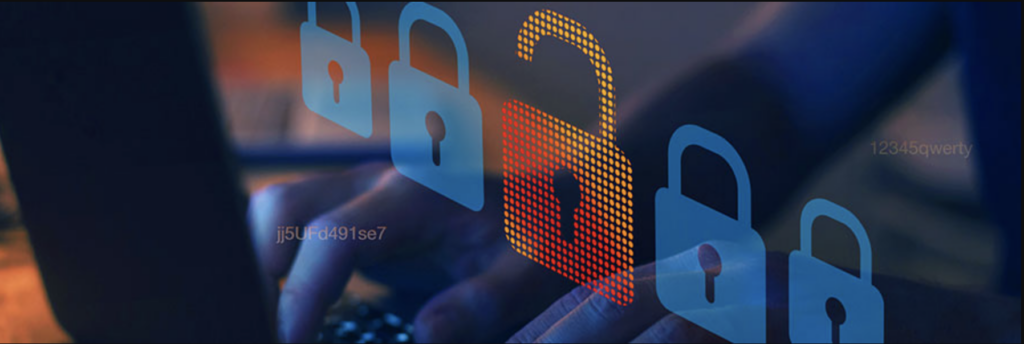Gen Z’s digital fluency presents a valuable opportunity to strengthen your company’s cybersecurity posture. This blog post will explore strategies for fostering a collaborative cybersecurity culture where veteran employees and Gen Z newcomers can share knowledge and best practices.
Hackers 101: Understanding the different types and what they do

Back in the 1950s, the term “hacker” simply described someone who enjoyed tinkering with computers and pushing their boundaries. However, with the rise of personal computers in the 1980s, the term became associated with individuals who exploited vulnerabilities in computer systems, often teenagers who enjoyed the thrill of breaking into government IT systems.
Simple steps to protect your online presence
Understanding the role of cyber insurance

The evolving cyberthreat landscape poses a significant risk to small businesses. Cybercriminals often target such businesses due to the valuable data they possess and possibly less advanced security measures. To protect themselves, small businesses often implement safeguards including firewalls, data backups, and ongoing cybersecurity training for employees.
Applying NIST guidelines to improve password security

When it comes to password generation and security, many people tend toward bad practices, such as passwords based on their birthday or using the same password across different accounts. These practices can compromise the integrity of your passwords and, by extension, the security of the systems and data those passwords are meant to protect.




